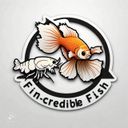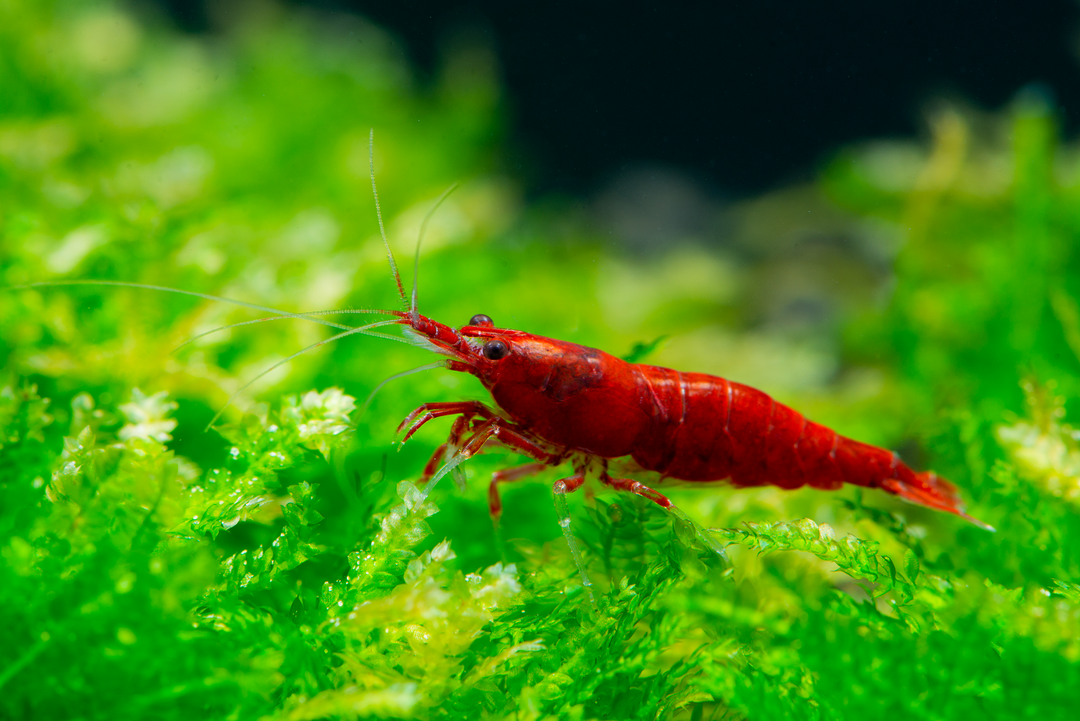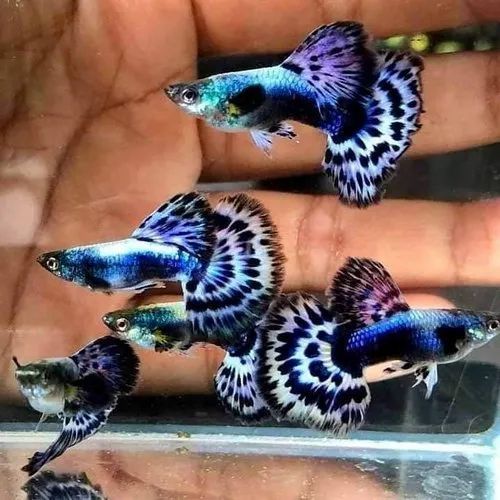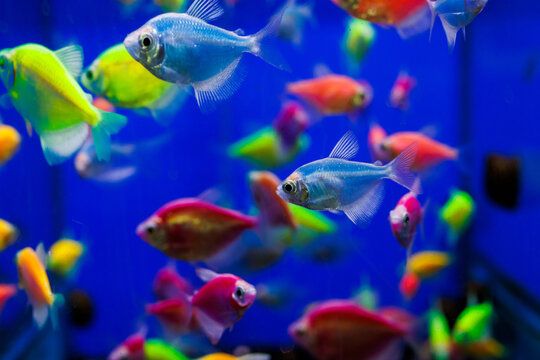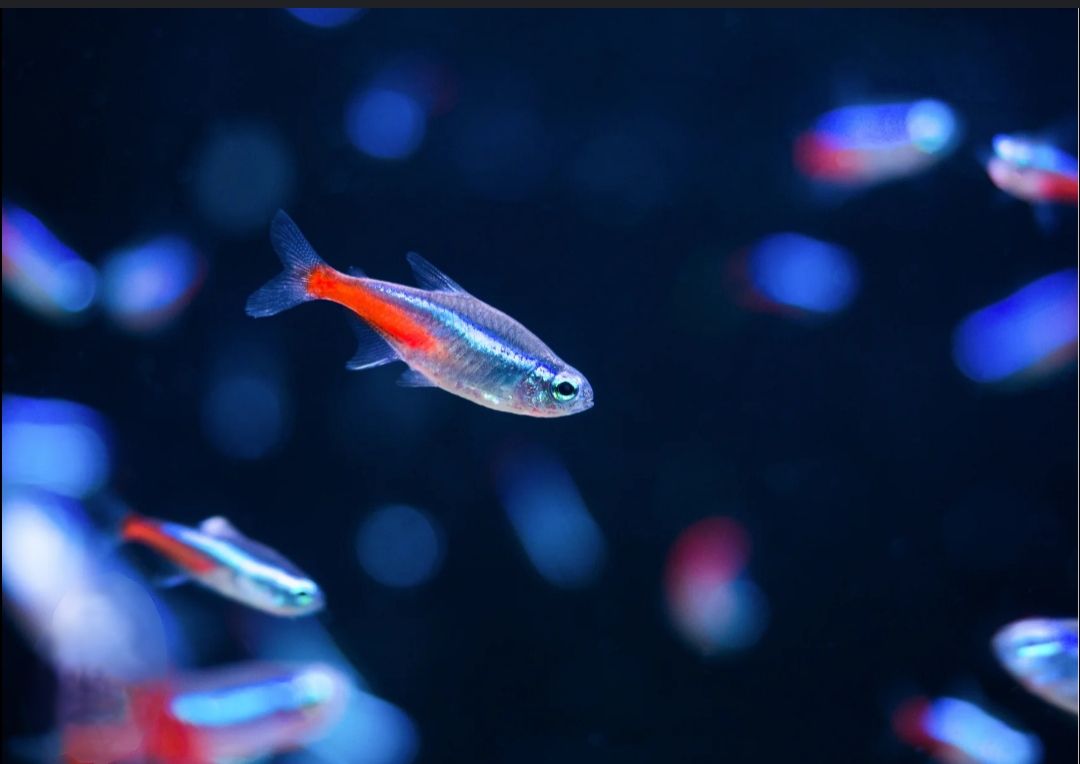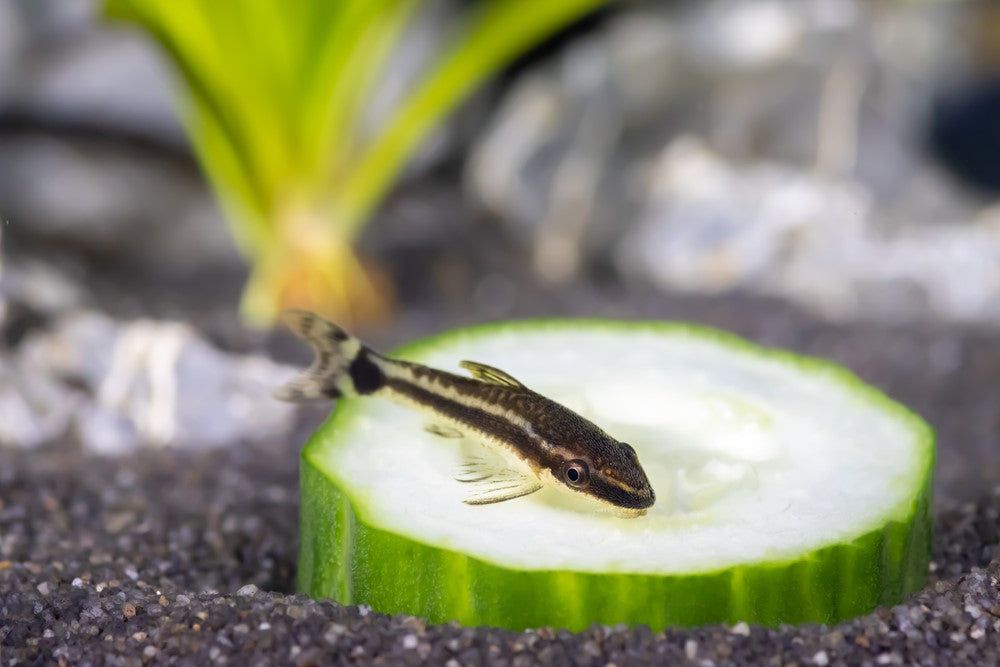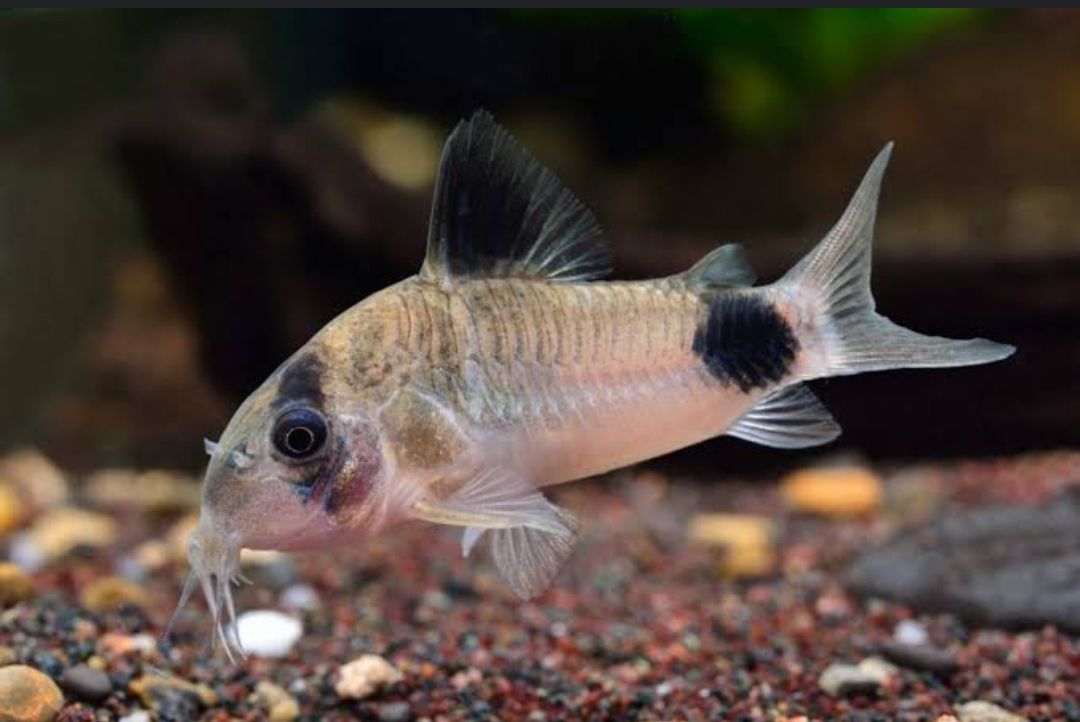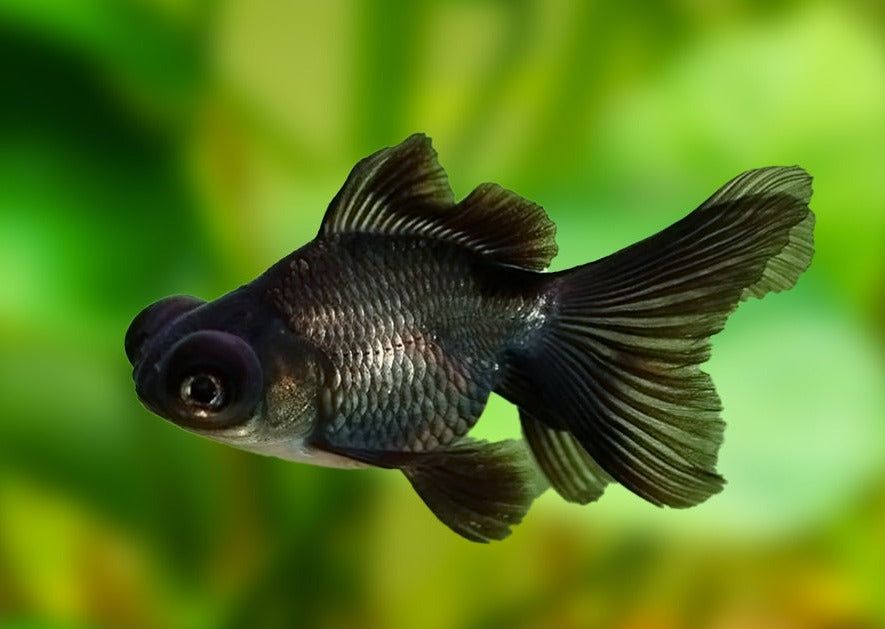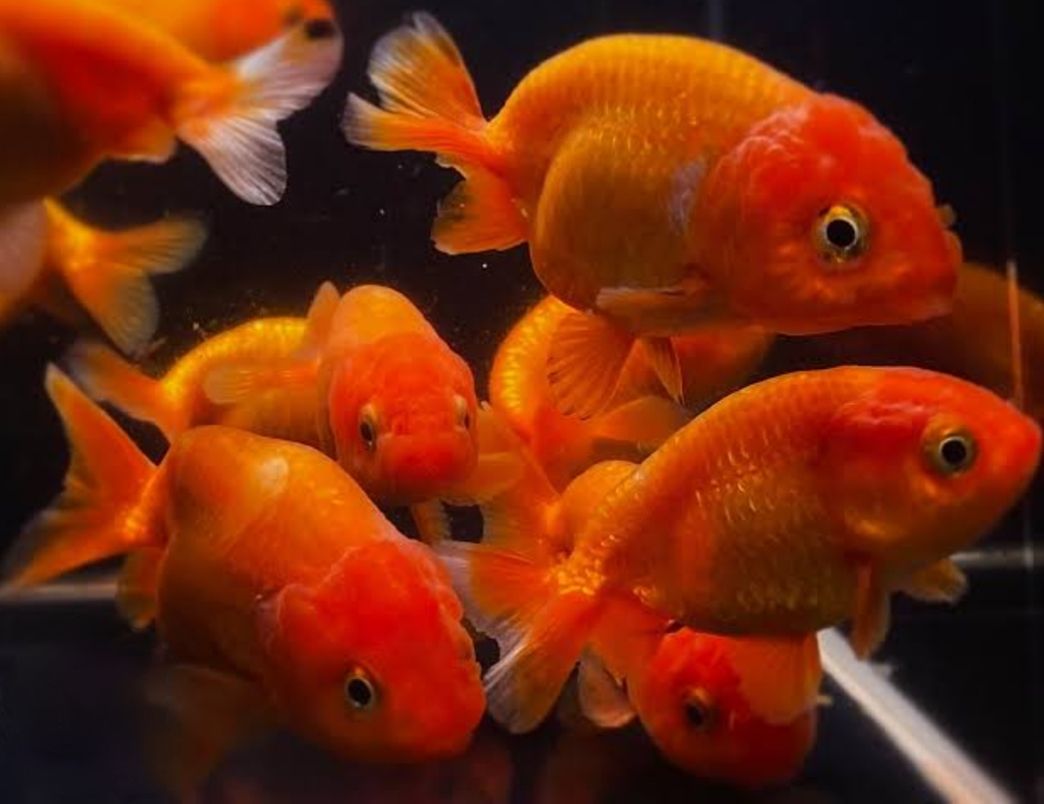Fin-Credible Fish
Your Local Shrimp & Fish Breeder
Available on Whatsapp:
061-567-7135
Live Arrival Guarantee on all orders, We gladly Refund or Replace if you receive a DOA.
Please note all orders we need 24/48 hours to process, All Fish Food and hardware Pre-Order only 7-14 Days
Available on Whatsapp:
061-567-7135
Live Arrival Guarantee on all orders, We gladly Refund or Replace if you receive a DOA.
Please note all orders we need 24/48 hours to process, All Fish Food and hardware Pre-Order only 7-14 Days
